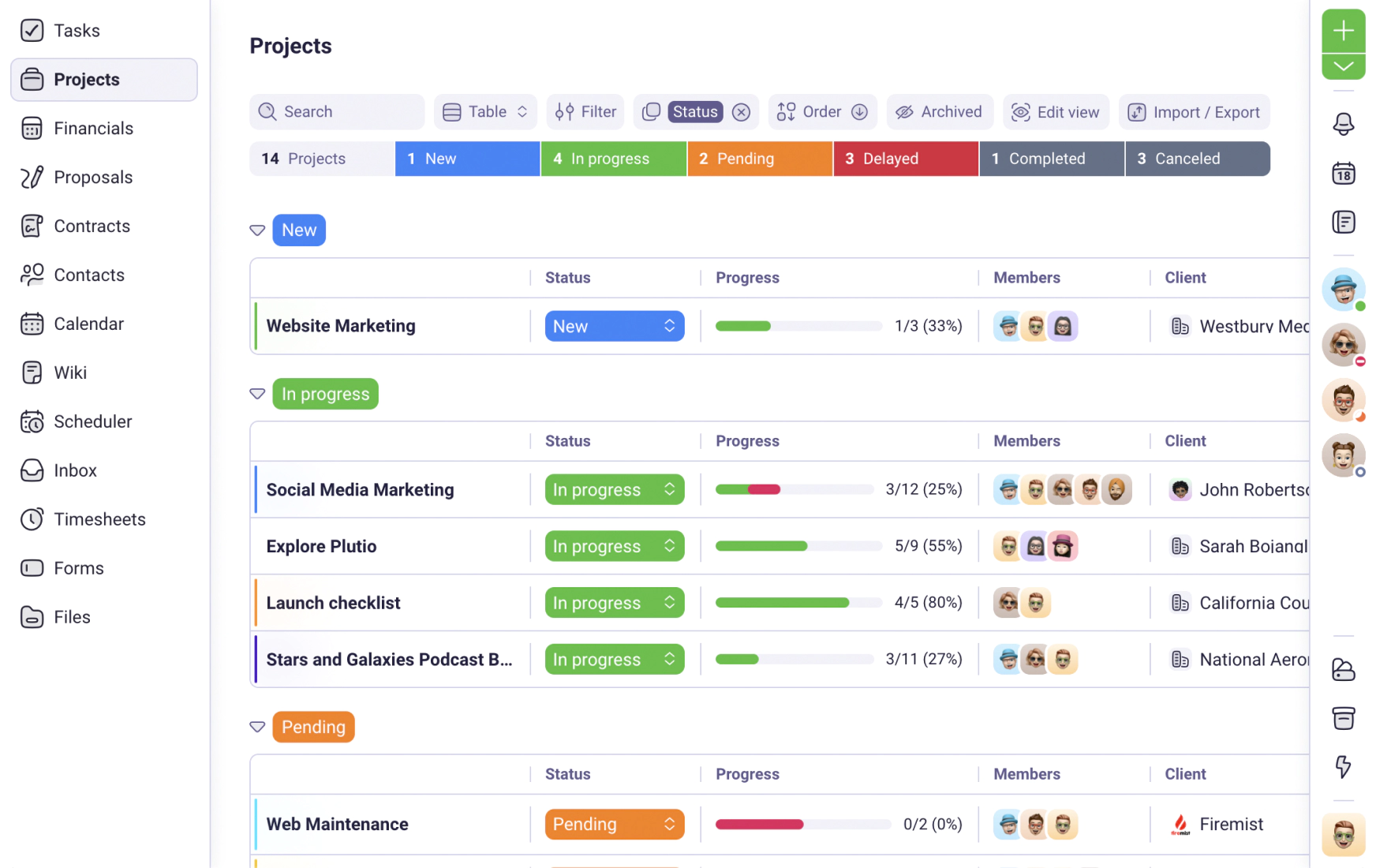We use cookies to personalise and enhance your experience.
When it comes to different ways to earn money, freelancing is becoming more popular every year. This specific profession offers numerous opportunities like creating your own scheduling, working on interesting projects, and being your own boss. There are also some downsides to this type of work. One of these downsides is creating your own pricing strategy and choosing clients accordingly. Plenty of people struggle with earning more money while working as a freelancer. Creating a correct pricing system comes with experience while working for multiple companies on various types of projects. Let’s take a look at some of the crucial ways to create your pricing strategy, so you can be ready to explain your terms to a future employer.
What to consider when creating a pricing strategy?
Making sure you offer the best price for your work is not always easy when it comes to working on freelance projects. Quite often, freelancers ask themselves about the best way to represent themselves while offering their services to various clients. Most freelancers that have been doing freelance jobs for a long period of time say they wouldn’t be able to set the right price for a job unless they combined all the methods and all pricing strategies available.
In most cases, freelancers need to get all the information about the project before naming their price and offering their services. Sometimes the job requirement itself may disclose some of the information about the project. However, in most cases, clients tend to be vague in their job descriptions and tasks. That is why you shouldn’t jump the gun and comment on the money part of the deal. Professionals advise that only after having all the information you need and carefully considering all the factors, you could set the right pricing range. These factors may affect your time and the amount of work you will need to complete. So, let’s talk about the price of it all.
Factors that affect freelancer’s pricing strategy
Freelances that are used to work on multiple projects need to consider numerous aspects before setting the price for their services. Here are some factors that may affect the pricing strategy you already have in mind:
· The amount of work. If there is a project that requires a lot of work to finish, you will adapt the price range accordingly. On the other hand, you will also need to mind the price of competitors who do the same job as you, as well as their rates.
· The difficulty of the project. Every project will require some time to finish. However, if there are projects that require your full attention and last for months, you may need to apply other pricing strategies than before. When long-term projects are concerned you may give the wrong price estimate if you consider only your hourly rate.
· Long-term commitment. If a project tends to be a long-term commitment with a company, you may need to consider a specific pricing strategy. When it comes to this type of commitment, you should consider all the project-related factors before providing an estimate.
· Competition. One of the factors that may influence your decision about forming a pricing strategy is the price you may believe your competitors will also provide. In some cases, this aspect may be the deciding point. The reason is simple - for easier projects, there are many freelancers who will accept a certain job at a lower rate than you.
Choose the right pricing strategy for your work
There are multiple pricing strategies for freelancers. Professional freelancers and those who are skilled in these types of jobs usually combine all the pricing strategies depending on a project.
Time-based pricing
One of the strategies freelancers use in everyday work is a time-based billing strategy. This is the most common pricing strategy everyone will use at some point. Regarding your hourly rate, you may set the price for a project. The upside of this strategy is that a client will be content because the terms are clear. Depending on the hours that takes for one project, he will agree easily to pay your retainer. However, keep in mind that you may have difficulty explaining any unexpected changes and adding hours to complete your project. On the other hand, you may not be able to earn more money, in the long run, using this particular pricing strategy because of limited hours in the week.
Monthly payments
A similar pricing strategy is billing your hours depending on the weekly assignments or monthly assignments. When you're deciding about setting the price for the entire month of work, you should consider the month-based billing strategy. Make sure to avoid calculating the hours in a month and set the price of the work that way. The best way is to set the terms with your employer and bill more than an hourly rate. Depending on a project and its difficulty, consider checking all the factors and how much time you will have during the same month if deciding to pick up another project at the same time.
Keep in mind that a monthly retainer is tricky for every freelancer. You may need to be available to your client all the time. That is the tricky part - you get paid for an entire month, but clients usually address you even after working hours. Also, they may ask you to do much more than you expect. If this is your situation, consider setting the terms of your contract and your responsibilities before you agree to get on board. Consider the number of revisions if you are a designer or the number of project changes you agree to provide for your retainer. Everything above that number will be possible with additional charges.
Keeping yourself safe while working as a freelancer
When creating a pricing strategy for a freelance job, it’s important to stay safe and make sure both sides agree on the conditions. While negotiating the price, both you and the client should know the exact bounds of your workload and your job description. To avoid losing precious time and nerves, make sure to note each agreement point and discuss every detail with your client before signing any legal agreement. This way, you will protect yourself in case of any disagreements or fallout during the time you work for a client, whether it’s a specific project or multiple projects.
Have you tried Plutio yet?
The only app you need to run your business and get work done.
Try Plutio for FREESupercharge your business
The complete toolkit to run your business
The intuitive all-in-one solution to manage and collaborate on projects, share files, build forms, create proposals, get paid, and automate your workflow.
No credit card required


